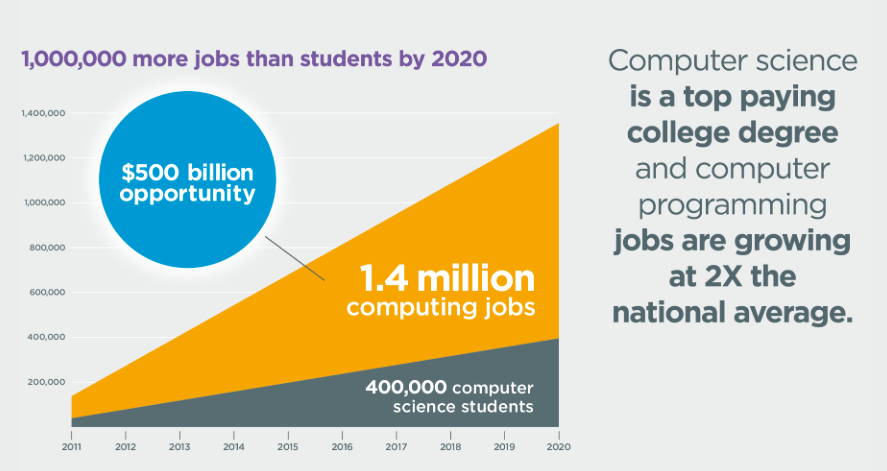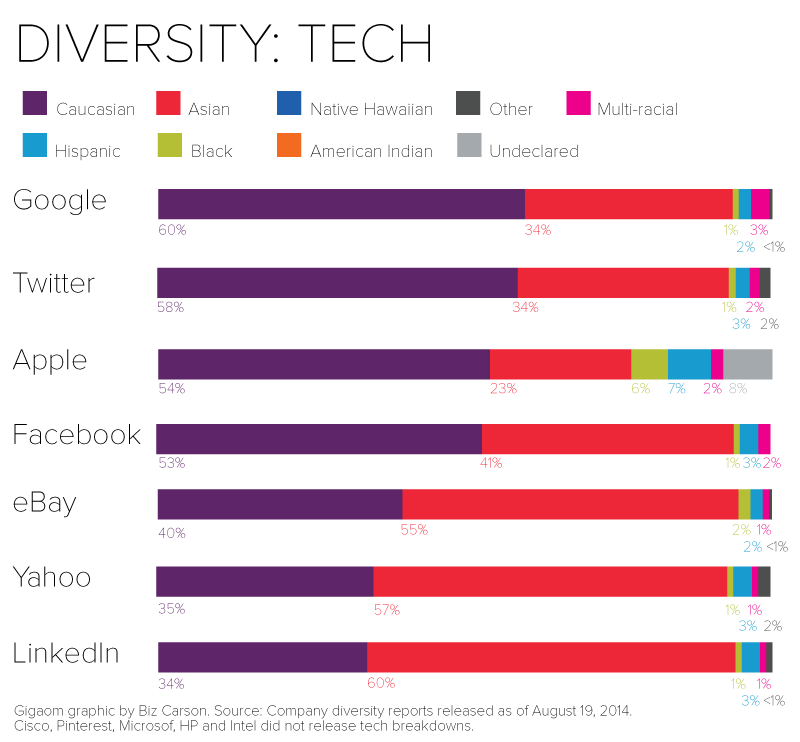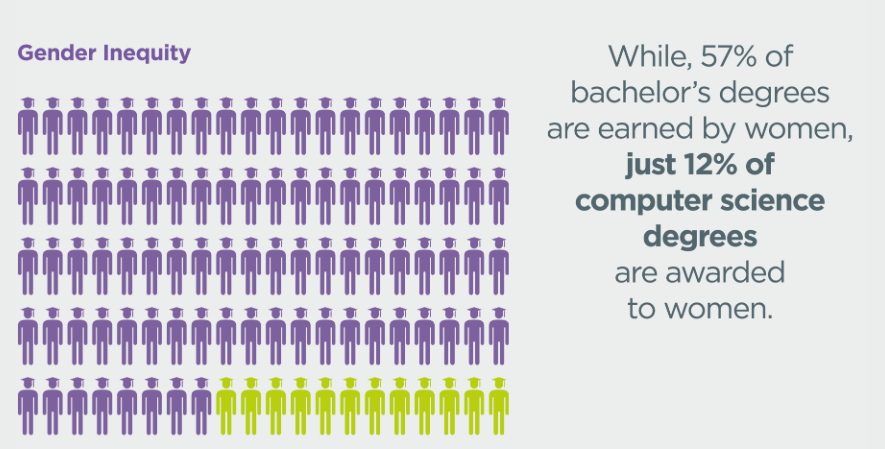I was invited to join Dr. Will Deyamport III's educational podcast series to discuss the learning to code revolution in education, as well as how to ensure that all students have access to the high-paid tech careers of the future. I've linked the Slideshare and Youtube recording below in case you missed the podcast's original airing.
Computer programming skills can help students to access the highest paid jobs of the future
Educators have the unique opportunity to positively shift outcomes for the future job market. Of course all teachers want their students to pursue meaningful, exciting, and lucrative careers, but many may fail to realize just how immense the job market in computer programming will become in the coming years. The computer programming field represents an incredible market for future jobs. Why not expose your students to computer programming at a young age to ensure that they learn the skills they will need to meet this future demand? By preparing students to feel confident with technology and coding, we can ensure that they are ready for the growth of the future, and ready to claim those high-paying tech jobs.
As you can see in these great infographics from Code.org, there are far more jobs in computer programming than there are computer programmers. It's up to us as educators to increase this pipeline.
People of color and women are highly underrepresented in the tech sector
However, we must also look at the current demographics of the tech sector in order to get a complete picture of the type of field that we are sending our students into. It is important to note that many tech companies are severely lacking in diversity. Though, many companies like Google are actively prioritizing the recruitment of diverse staff members. This is a great time to encourage our students of color and female students to pursue STEM-related fields.
As you can see below, women are severely underrepresented in the sector, as the following graph illustrates. This data is shocking and saddening but can also steel educators to act in the interest of social justice to ensure that all students can pursue a future career in computer science.
Empower your teaching practice and your students
Although many tech companies and startups are actively working to increase the number of women and people of color in their organizations, they still have a long way to go. As educators, it is our job to ensure that all students feel equally empowered with technology. If you see a student on their mobile phone, try to use it as an opportunity to start a conversation about coding, rather than an infraction of school rules and a time to scold the child. For example, you could easily motivate the student by saying something like:
You don't need to be able to code to integrate coding into your curriculum
I often hear from teachers that they're apprehensive to teach coding in their classes because they're not professional computer programmers, or perhaps cannot even write a single line of code. However, there are tons of great tools that you can use to integrate coding into your curriculum such as Scratch by MIT Labs, which has a Help Center, dozens of easy-to-follow tutorial videos, and even coding flashcards that you can easily print and share with your students. With Scratch, students can seriously self-direct their own learning.
I used Dr. Sugata Mitra's incredible TED Talk "School in the Cloud" to motivate my 6th grade students to teach themselves to learn Scratch. I told them, "If kids from impoverished conditions in India can teach themselves to use a computer with no instruction from a teacher, you can definitely teach yourselves to code using all of Scratch's amazing resources online."
Share this ultimate link directory of resources for teaching coding
Feel free to take a look at my learning computer programming link directory that catalogues various resources for kids and adults to learn to code. This is a great resource to share with students, parents and teachers.



